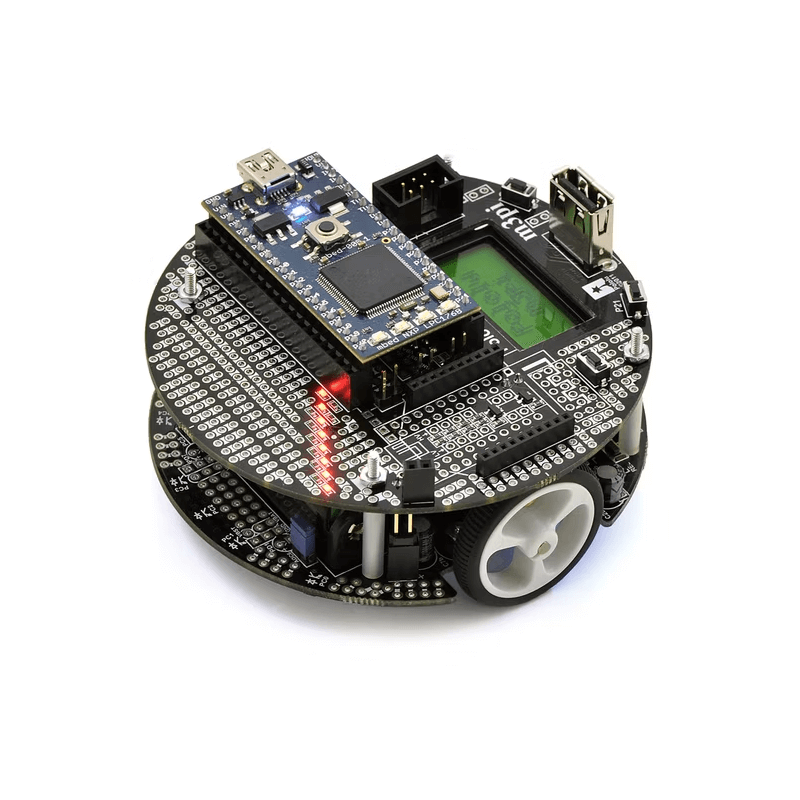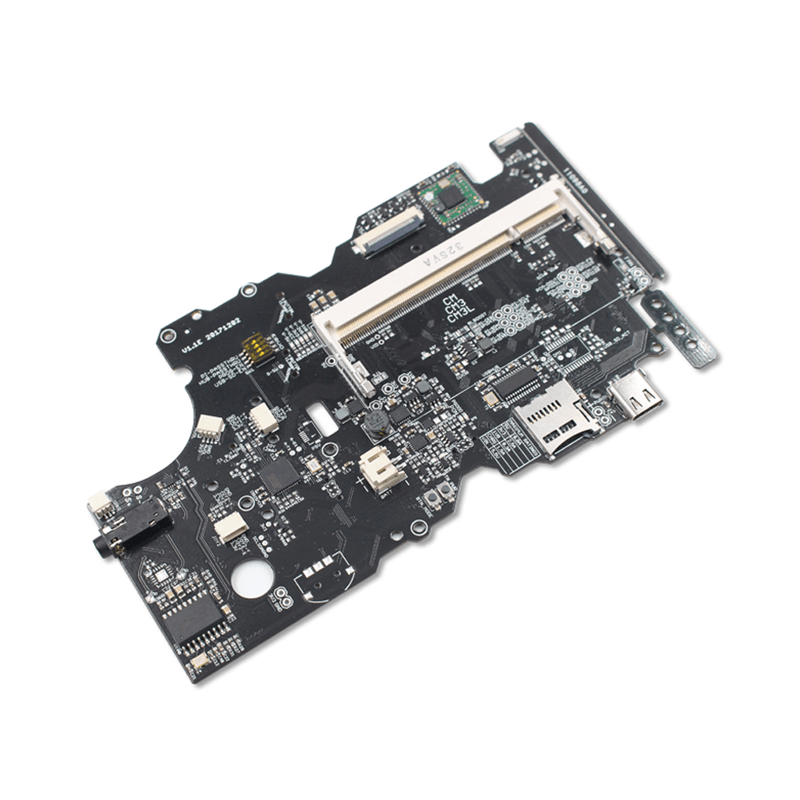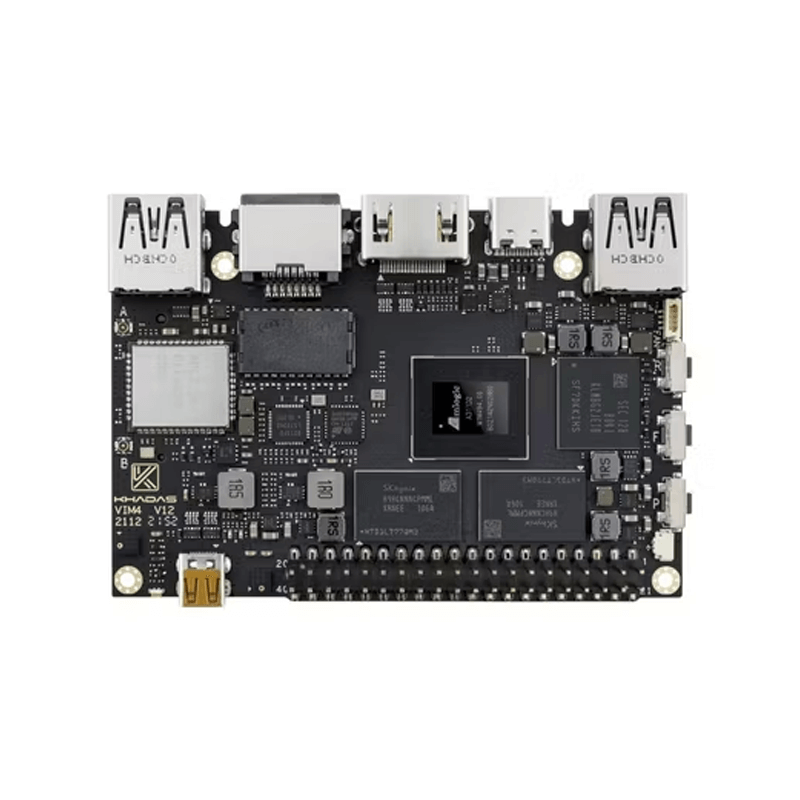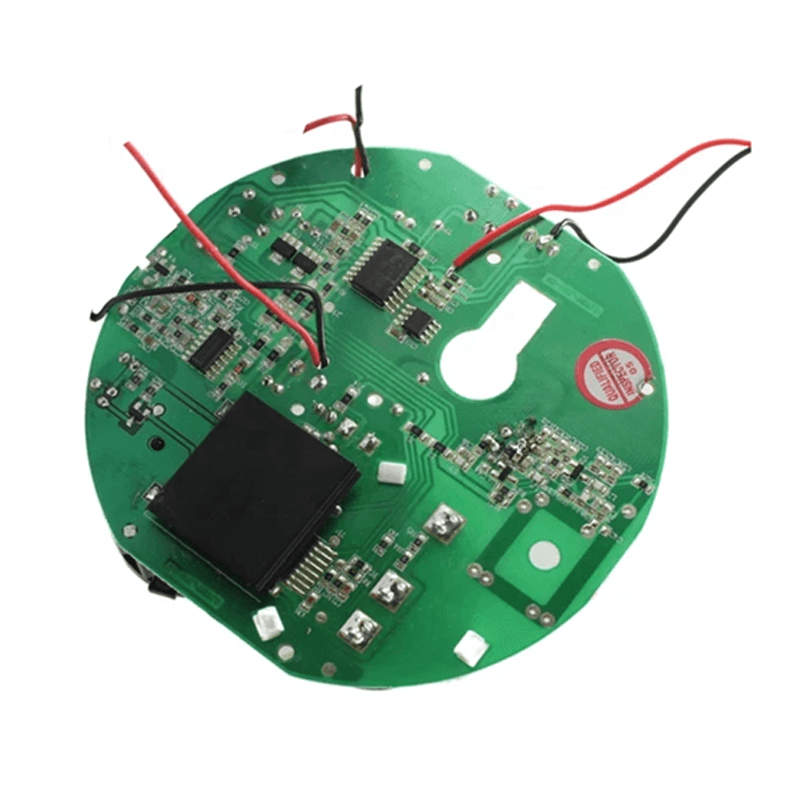Product Parameters
| Robot Driver Control Board | |||
|---|---|---|---|
| Min. Order Quantity: | 1 piece | ||
| Board Type: | Rigid PCB | ||
| Assembly Types: | SMD、BGA | ||
| Board Size: | 40*40CM | ||
| Min Package: | 01005(0.4mm*0.2mm); | ||
| Board Name: | Toy Robot Board PCBA | ||
Product Display
Robot Board
The toy robot board is a core control circuit board specifically designed for toy robots. It integrates multiple functional modules and is a crucial component that enables toy robots to perform various actions and intelligent interactions. This board usually takes a microcontroller or microprocessor as its core, combined with a wealth of peripheral circuits. It can quickly process input signals and output corresponding control instructions to drive toy robots to perform functions such as walking, turning, waving, speaking, and making various facial expressions. Its design aims to meet the requirements of the toy industry in terms of fun, safety, and cost-effectiveness. While ensuring the realization of diverse functions, it also guarantees the stability and ease of use of the product, bringing a fun playing experience to consumers.
Hardware Features
- Processor Performance: Generally equipped with low-power, high-performance microcontrollers or microprocessors that can quickly process various sensor data and control instructions. For example, some toy robot boards adopt ARM architecture microcontrollers, which have relatively high computing speeds and abundant interface resources, meeting the needs of toy robots for real-time response and complex motion control.
- Rich Interfaces: It has multiple interfaces to connect various sensors and actuators. Common ones include GPIO (General Purpose Input/Output) interfaces, which are used to connect simple switches, indicator lights, etc.; I2C (Inter-Integrated Circuit) interfaces, which can be connected to sensors such as accelerometers and gyroscopes to achieve the robot’s posture detection and motion control; SPI (Serial Peripheral Interface) interfaces, which are used for high-speed data transmission and connecting display screens or wireless communication modules; and UART (Universal Asynchronous Receiver/Transmitter) interfaces, which facilitate communication with Bluetooth modules, voice modules, etc.
- Sensor Integration or Support: To realize the intelligent perception function of the robot, some toy robot boards will integrate some basic sensors. For example, infrared sensors are used to detect obstacles, enabling the robot to automatically avoid obstacles during walking; sound sensors allow the robot to perceive the surrounding environmental sounds, enabling voice control functions or making corresponding reactions according to the sounds; touch sensors increase the interaction ways between the robot and people, and when touched, specific actions or voice responses can be triggered.
- Power Management: It has an efficient power management system to adapt to the characteristic that toy robots are powered by batteries. It can achieve a low-power mode to extend the battery life. Meanwhile, when the battery power is low, it can prompt users to charge or replace the batteries in time through indicator lights or voice prompts. In addition, it may also have overcharge and overdischarge protection functions to ensure the safe use and lifespan of the batteries.
- Communication Functions: It supports wireless communication methods such as Bluetooth and Wi-Fi. Through Bluetooth, toy robots can be connected to mobile devices such as mobile phones and tablets. Users can control, program, or update the firmware of the robots through dedicated apps. The Wi-Fi function enables robots to access the Internet, realizing more abundant functions such as online learning and remote control.
















Reviews